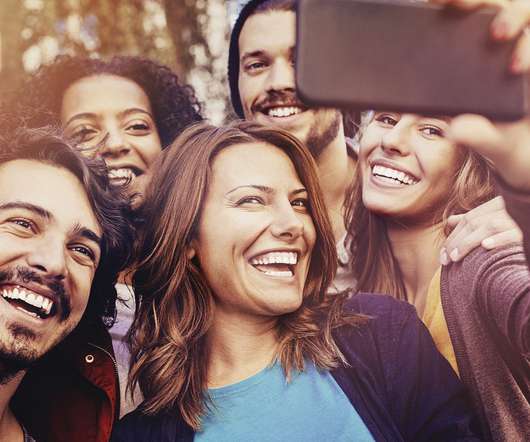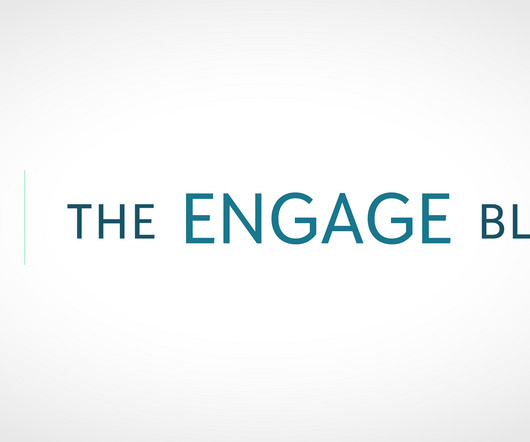The Participatory Nonprofit?
Beth's Blog: How Nonprofits Can Use Social Media
OCTOBER 26, 2006
The reality is that our brains only have the capacity to manage a limited number of relationships ??? Another point of intersection here for me is Henry Jenkins recently published 72-page white paper " Confronting the Challenges of Participatory Culture: Media Education for the 21st Century." each of various qualities.



























Let's personalize your content